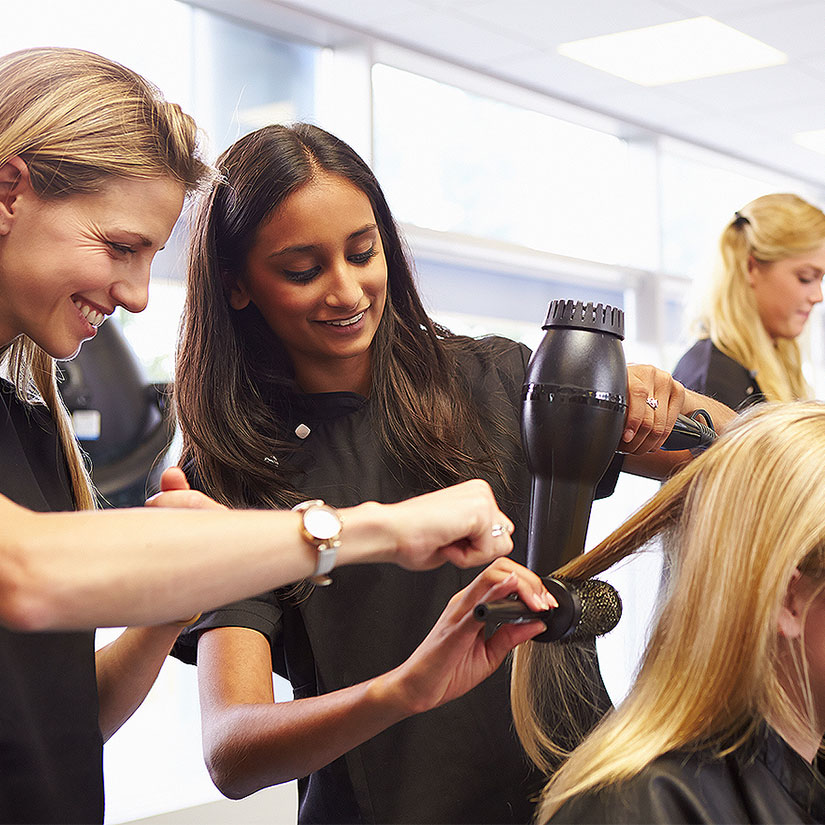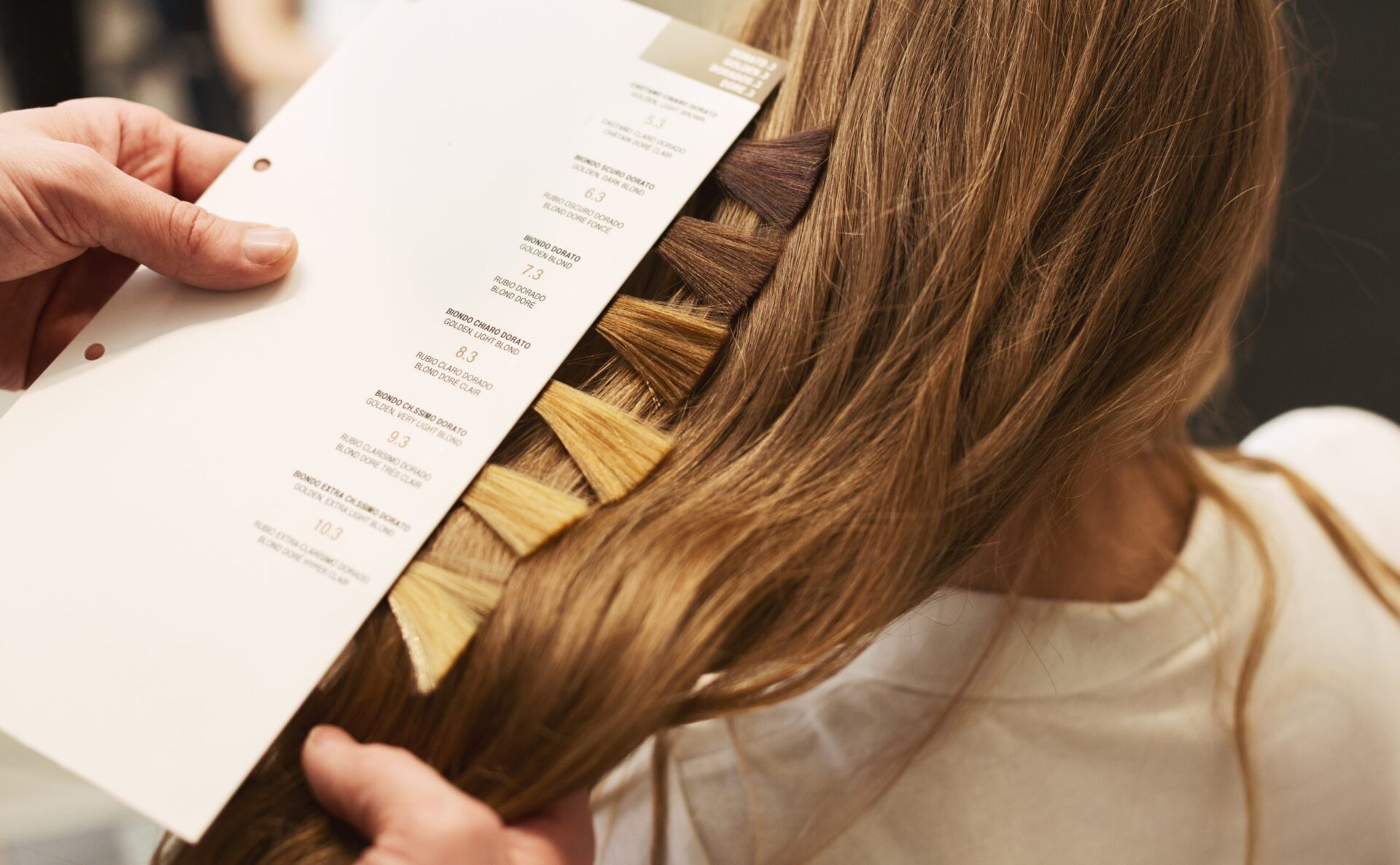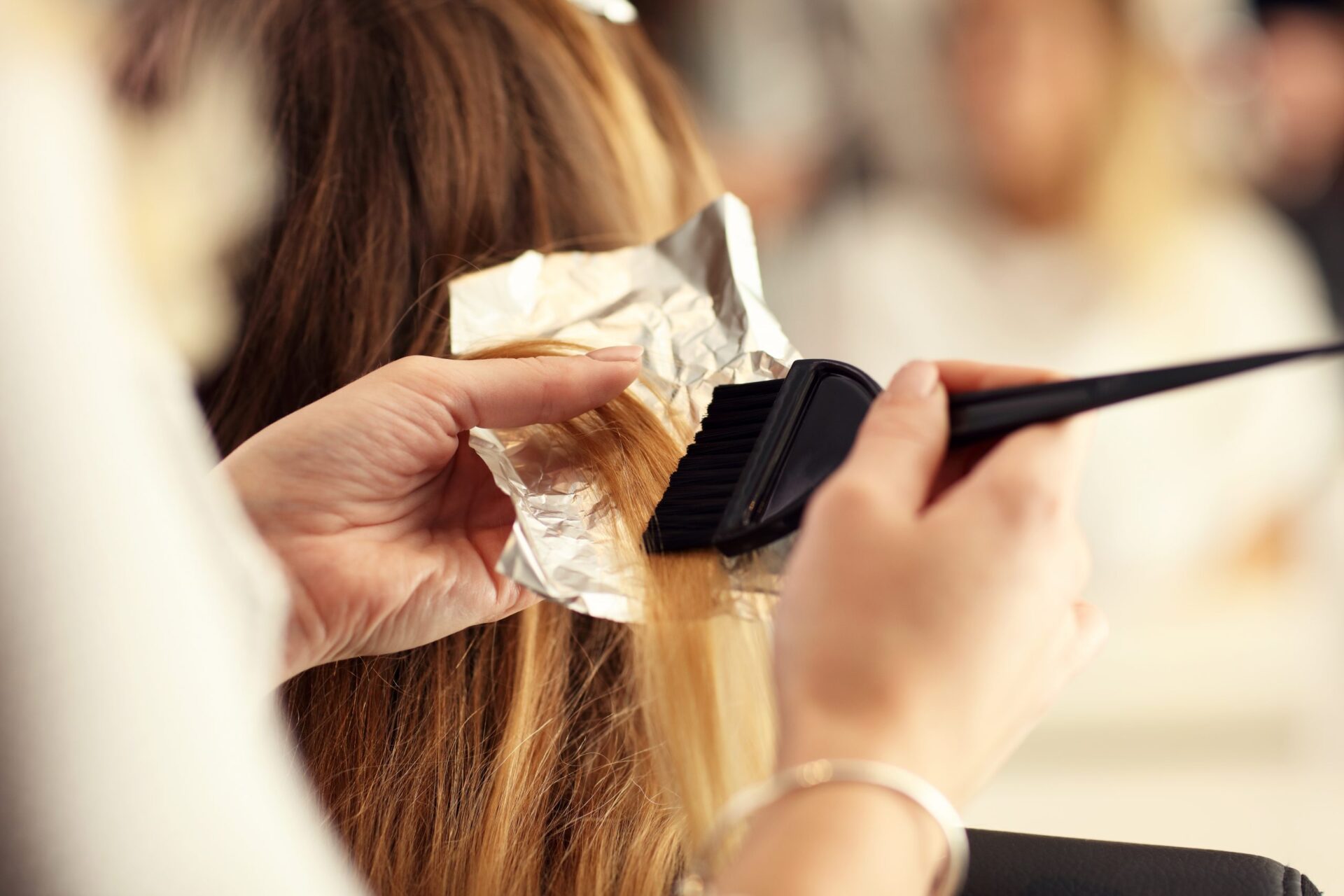Prostock-studio – stock.adobe.com
Hairstyling can be a complicated science that sometimes requires a bit of trial and error before you can perfect your skills. Bleaching hair can make it easier to achieve those vibrant or pastel shades, especially for people with darker hair. But it can also be a process that ends with disastrous results and can be difficult to reverse if you make a mistake.
The Most Common Hair Bleaching Mistakes and How to Avoid Them
When you enroll in a cosmetology program at Tricoci University, you will learn the basics in hair care and treatment, including how to apply just the right amount of bleach to get the results you desire.
Here are a few examples of the most common hair bleaching issues students at hairdressing school and professional stylists encounter and ways to avoid making them yourself.
Mistake #1 – Lack of Research
Failure to do research before you attempt to bleach your hair or a client’s hair can cause you to end up with brittle or burned hair and unwanted orange tones. To avoid this mistake, you should first make sure the hair is suitable for bleaching. If it has been processed recently, it would be best to wait and give the hair time to recover.
Understanding which type of bleach developer to use is another area where hair stylists often make mistakes. One thing you will learn while enrolled in hairstylist school is the higher the volume of the developer, the lighter the hair will be with just one application. It can be helpful if you want to avoid multiple bleaching sessions, but keep in mind that the higher the volume, the more likely the hair will endure harsher damage.
By taking the time to research the bleaching process and different developer types, you can avoid many of the common issues hair stylists experience with bleaching.
Mistake #2 – Failure to Prepare the Hair
Preparing the hair to be bleached is an essential step that should never be overlooked. That’s because the strong chemicals in bleaching products will heat the hair and cause it to dry out and lose moisture. To prepare, the hair shouldn’t be washed at least 24 hours before bleaching. That’s because it often helps if the hair contains a little oil during the bleaching process. Treating the hair with coconut oil can help add a protective barrier to prevent damage to both the hair and the scalp.
Mistake #3 – Skipping Over the Strand and Skin Tests
It can be tempting to skip the strand or skin test, especially if someone has used bleach or other hair coloring products in the past without any issues. But bleach can be a dangerous product, especially if someone with a severe skin allergy comes into contact with it.
To perform these tests, apply a small portion of the bleach mixture to the inside of your elbow or at the back of your ear. Wait for it to dry, and then pay attention to see if there are any issues. It’s natural for the bleach solution to heat up once it is applied, and you shouldn’t be alarmed to feel a little heat from your hair. But if it starts to sting and become unbearable, you should rinse the area with water immediately and look for an alternate solution for hair coloring.
Doing both a strand test and a patch test will provide you with more insight on how the bleaching process will go and a better idea of how to differentiate between a normal burning sensation and one that is dangerous.
Kalim – stock.adobe.com
Learn Cosmetology Skills to Get Started with your Hairstyling Career
Mastering the art of hair bleaching is just one of the many skills you will learn when you enroll in the cosmetology school at Tricoci University. Our instructors teach both technical and business skills to future hairstyling professionals. To find out more about our upcoming programs, visit our website to request more information.



